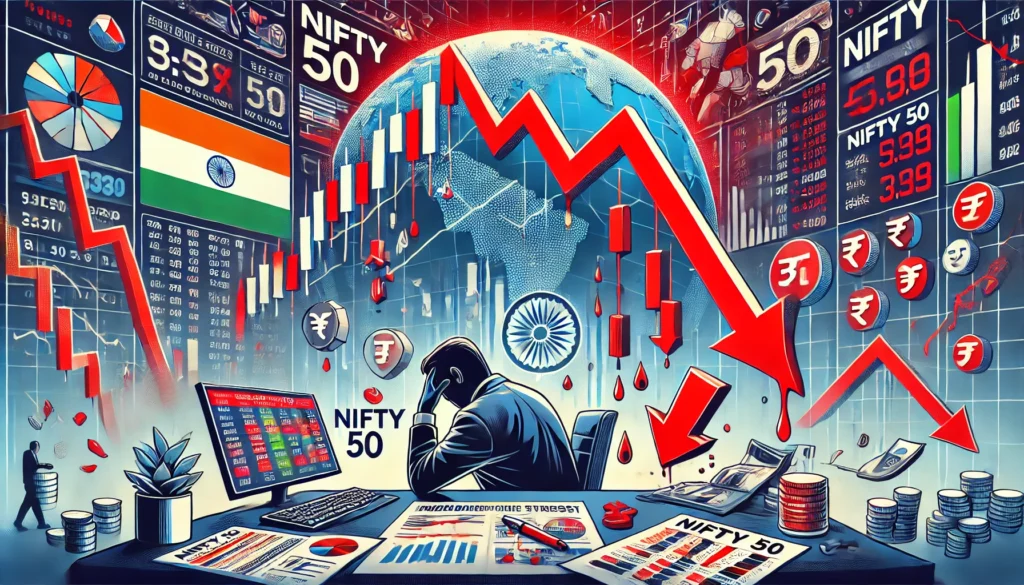Have you ever wondered why the interest rates on your loans fluctuate when the RBI modifies rates? Or why do banks have different fixed deposit rates? This guide provides a straightforward explanation of how decisions made by the Reserve Bank of India (RBI) impact banks, loans, EMIs, and your savings.
1. How RBI Decisions Affect Bank Interest Rates
To affect how much banks pay to borrow money, the Reserve Bank of India employs instruments such as the repo rate, which is currently maintained at 5.50% (as of August 6, 2025).
Banks can borrow money more cheaply and pass the savings on to customers in the form of lower loan interest rates if the RBI lowers the repo rate. A rate increase by the RBI makes loans more expensive, which reduces spending and helps keep inflation under control.
The base rate and the MCLR, the two primary benchmarks that banks use to set interest rates, are impacted by this shift in the cost of funds.
2. What Are Base Rate, MCLR, and Spread?
The Base Rate was the previous minimum rate that the RBI set and that banks were not allowed to lend below. The RBI has been using the more recent MCLR (Marginal Cost of Funds-Based Lending Rate) system since April 2016.
The bank’s cost of funds, operating expenses, and maintenance costs for CRR and SLR are all taken into consideration by MCLR. Banks modify their MCLR when the RBI lowers the repo rate, which causes loan interest rates to drop more quickly
MCLR + Spread (your bank’s margin based on risk and tenure) equals the loan interest rate.
Example:
Your interest rate is 10% if a bank’s 1-year MCLR is 8% and its spread is 2%. Your new rate may drop to 9.5%, lowering your EMI, if the RBI lowers the repo rate and your MCLR falls to 7.5%.
3. How Loan Rates and FD Rates Are Determined
EMIs for loans: Every month or every three months, banks examine MCLR. Depending on whether you have a fixed-rate or floating-rate loan, the interest rate is modified. Your EMI adjusts appropriately if it’s floating.
Fixed Deposits: If banks have more money than they require, they may lower FD interest rates when MCLR declines. But competition and liquidity requirements also affect FD rates.
Real-Life Example:
Let’s say SBI has a 2% spread and an 8% 1-year MCLR. 10% is the basis for your EMI. Your EMI will be 9.75% if SBI lowers its MCLR to 7.75% and RBI lowers the repo rate. You could save thousands of rupees every month with a housing loan of ₹50 lakh spread over 20 years!
4. How to Pick the Best Bank for FD or Loans
- Examine the MCLR + spread for each bank.
- Look at transparency: certain banks openly reveal their monthly MCLR.
- Take prepayment fees and lock-in periods into account.
- Examine FD rates across tenures; RISKS may differ, but small cooperative banks occasionally offer higher FD rates.
Additionally, to forecast cycle trends, pay attention to the RBI’s policy announcements, which are made every two months. A rate cut could indicate future EMI savings or higher FD rates.
Want to Learn More?
Visit the official RBI website for updates.
Also read: What is Tax and why do we pay it??
Conclusion
To put it simply, the RBI decides on policy matters like repo rate changes. To determine interest rates on loans and deposits, banks use benchmarks such as the MCLR and base rate in addition to spreads. You can choose the best bank and handle your money wisely if you have a clear understanding.




Informative.